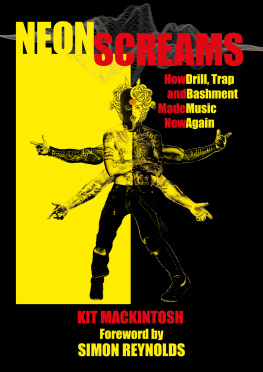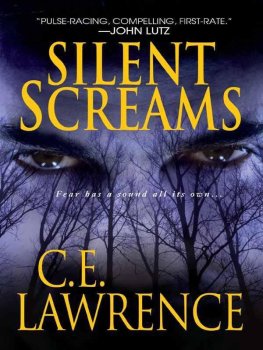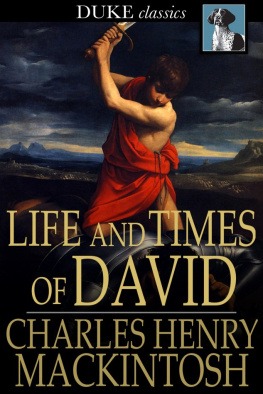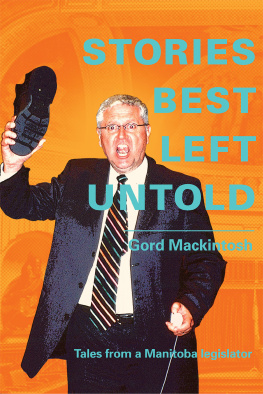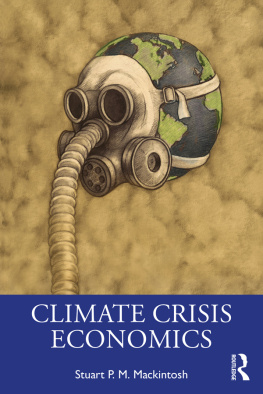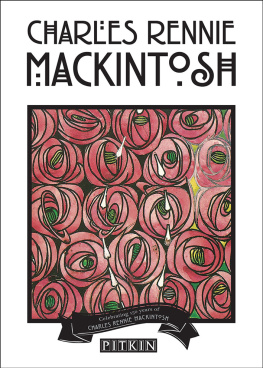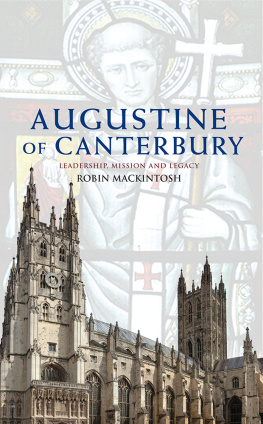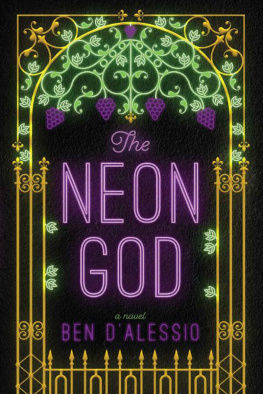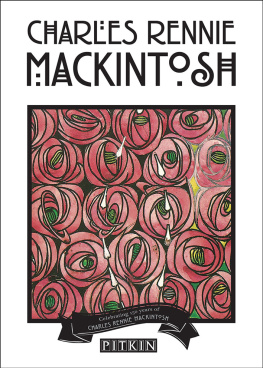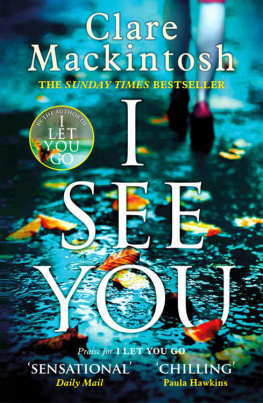Kit Mackintosh - Neon Screams: How Drill, Trap and Bashment Made Music New Again
Here you can read online Kit Mackintosh - Neon Screams: How Drill, Trap and Bashment Made Music New Again full text of the book (entire story) in english for free. Download pdf and epub, get meaning, cover and reviews about this ebook. City: London, year: 2021, publisher: Repeater Books, genre: Detective and thriller. Description of the work, (preface) as well as reviews are available. Best literature library LitArk.com created for fans of good reading and offers a wide selection of genres:
Romance novel
Science fiction
Adventure
Detective
Science
History
Home and family
Prose
Art
Politics
Computer
Non-fiction
Religion
Business
Children
Humor
Choose a favorite category and find really read worthwhile books. Enjoy immersion in the world of imagination, feel the emotions of the characters or learn something new for yourself, make an fascinating discovery.
- Book:Neon Screams: How Drill, Trap and Bashment Made Music New Again
- Author:
- Publisher:Repeater Books
- Genre:
- Year:2021
- City:London
- Rating:3 / 5
- Favourites:Add to favourites
- Your mark:
- 60
- 1
- 2
- 3
- 4
- 5
Neon Screams: How Drill, Trap and Bashment Made Music New Again: summary, description and annotation
We offer to read an annotation, description, summary or preface (depends on what the author of the book "Neon Screams: How Drill, Trap and Bashment Made Music New Again" wrote himself). If you haven't found the necessary information about the book — write in the comments, we will try to find it.
Kit Mackintosh: author's other books
Who wrote Neon Screams: How Drill, Trap and Bashment Made Music New Again? Find out the surname, the name of the author of the book and a list of all author's works by series.
Neon Screams: How Drill, Trap and Bashment Made Music New Again — read online for free the complete book (whole text) full work
Below is the text of the book, divided by pages. System saving the place of the last page read, allows you to conveniently read the book "Neon Screams: How Drill, Trap and Bashment Made Music New Again" online for free, without having to search again every time where you left off. Put a bookmark, and you can go to the page where you finished reading at any time.
Font size:
Interval:
Bookmark:



Published by Repeater Books
An imprint of Watkins Media Ltd
Unit 11 Shepperton House
89-93 Shepperton Road
N1 3DF London
United Kingdom
www.repeaterbooks.com
A Repeater Books paperback original 2021
Distributed in the United States by Random House, Inc., New York.
Copyright Kit Mackintosh 2021
Kit Mackintosh asserts the moral right to be identified as the author of this work.
Introduction copyright Simon Reynolds 2021
ISBN: 9781913462246
Ebook ISBN: 9781913462475
Typesetting and design: Frederik Jehle
All rights reserved. No part of this publication may be reproduced, stored in a retrieval system, or transmitted, in any form or by any means, electronic, mechanical, photocopying, recording or otherwise, without the prior permission of the publishers.
This book is sold subject to the condition that it shall not, by way of trade or otherwise, be lent, re-sold, hired out or otherwise circulated without the publishers prior consent in any form of binding or cover other than that in which it is published and without a similar condition including this condition being imposed on the subsequent purchaser.
Printed and bound in the United Kingdom by TJ Books Ltd

To Tamara Timofeeva
CONTENTS
by Simon Reynolds
PREFACE
THE TWILIGHT OF DYING IDEAS
INTRODUCTION
A DESCENT INTO THE MAELSTROM
CHAPTER ONE
AUTO-TUNE, AFROBEATS, TRAP AND BASHMENT AT THE TURN OF THE 2010 S
CHAPTER TWO
TRAP IN THE 2010 S
CHAPTER THREE
DRILL DURING THE 2010 S
CHAPTER FOUR
BASHMENT AT THE TURN OF THE 2020 S
For mixes of the music discussed in the book, go to https://www.mixcloud.com/NeonScreams/
@NeonScreamsBook on Twitter
https://neonscreamsbook.blogspot.com/
THEY TOLD YOU THE FUTURE WAS FINISHED
THEY LIED.

BY SIMON REYNOLDS
When electronic musicians in the 1990s talked about digital technology, they would often characterise their machines in terms of the superpowers they afforded. A Guy Called Gerald, for instance, talked about feeling godlike as he moved blocs of sound around the grid of Cubase. Other producers characterised the relationship in cyborg terms. Gabber pioneer Marc Acardipane described his digitally enhanced super-self as if it was military hardware or a space vehicle: Im a machine, Im wired up [] Im roaming the earth and its nice and doomy here.
Technology served as an extension of the self (like a car) or a harnessed force of nature (a horse, a dragon even). The power was exterior but it could be commanded. But in the twenty-first century, these Promethean fantasies gave way to a different relationship with technology: an intimacy with the digital that carries with it insidious feelings of dependency and invasion. Rather than machines as subordinate to our will, its ourselves who are at risk of subordination to external systems, or at least subject to an eerie blurring between the self and technology.
But as Kit Mackintosh argues in Neon Screams , this isnt the cold, dehumanised future and future music that people in the late twentieth century found either alarming or alluring. Dance music based around sequencers and sampling, especially in their early and most exciting waves, felt radically disembodied (even as it incited bodies on the dancefloor). Its relative dearth of audibly hand-played elements created the illusion of untouched by human hands as if the machines really had taken over and what you were hearing was automatic music.
These sort of notions, sensations and fantasies have by this point become utterly played-out: a set of clichs that grew ever more out of touch with the cutting-edge (un)reality of music in the 2010s. Instead, more recent developments in digital sound technology have dramatically increased the scope for individualised human expression. As Mackintosh explores, its the voice that has emerged as the privileged zone of artistic adventure in the twenty-first century. This is a trans-genre field of action, stretching from Top 40 pop to the experimental left-field. Using Auto-Tune and other pitch-correction and vocal design technologies, everyone in the 2010s seemed to be stretching the singing or rapping voice into queerly beautiful shapes, mutilating and restitching the fragments into Frankensteins monsters, or processing humanly generated sound into amorphous, swirly texture-clouds and glistening emotional landscapes.
Neon Screams focuses on where the innovations have been most startling and disorienting: Black street sounds. Mackintoshs survey takes in distinctively 2010s forms of Auto-Tuned hip-hop such as mumble rap and frag rap, his term for the fractured, irruptive yet almost choral style pioneered by outfits like Migos; Afrobeats and the Caribbean genres clustered under the banner of bashment that include Auto-Tune-blitzed dancehall, tropical dancehall, trap dancehall, and Trinibad; road rap, UK drill, and its American offshoot Brooklyn drill. This book is a particularly crucial intervention because most of these genres have been off the map when it comes to serious attention either from music critics or the academy (where people still write books about hip-hop that dont register the fact that breakbeats and samples have not been significant elements in rap for at least twenty years). Meanwhile, what newspaper coverage there is tends to be sensationalist (the folk-devil scares about drill) or celebrity journalism that chronicles the career-path-to-fame of particular performers rather than tracking the larger patterns that define the state of the art.
In a way, what Mackintosh is dealing with here is a digital-era update of Paul Gilroys Black Atlantic. Geographically, almost all the action takes place within an eight-sided polygon that connects Lagos, London, Brooklyn, Atlanta, Houston, Kingston, Montego Bay, and Port of Spain. Instead of the analogue era that Gilroy mapped, in which the traffic involved vinyl recordings and movements of immigrants, nowadays this culture works through a much faster dissemination of sounds and images, with YouTube being preeminent as a vector. As a result, theres a curious quality with these musical subcultures of simultaneously being intensely territorialised (Trinibad proclaims its location, a tiny Caribbean island, in its name) and yet globalised (subject to virtually boundless dissemination, porously penetrable by external influences, the opposite of insular). This new revised Black Atlantic is a digital diaspora.
The logic of dislocation is mirrored by a logic of disembodiment within the music itself the digitally processed voice seems to leave behind its physical source and ascend into the ether. One of the reasons why performers in these genres have embraced Auto-Tune so fervently is that it feeds into and magnifies their own grandiose self-images. The phantasmic sound fits their fantasies of superhero powers, of going beyond the human frame and its limitations.
Black popular music has long lived somewhere between street and screen. Reggae drew imagery, song titles and artist names from Westerns, gangster movies, and kung fu flicks. Rap looked to Mafia cinema and martials arts movies. Darkside and jungle palpitated with the influence of dystopian sci-fi and video-nasty horror, everything from Terminator , Predator , and Robocop to Evil Dead and Hellraiser. For all these genres, pulp movies provided models of heroic/anti-heroic manhood: their sagas of destiny and dynasty lent an aura of legend to gang clashes and personal struggles alike. Mackintosh tracks the continued seepage of CGI-laden ultraviolent entertainments such as into 2010s scenes like UK drill.
Next pageFont size:
Interval:
Bookmark:
Similar books «Neon Screams: How Drill, Trap and Bashment Made Music New Again»
Look at similar books to Neon Screams: How Drill, Trap and Bashment Made Music New Again. We have selected literature similar in name and meaning in the hope of providing readers with more options to find new, interesting, not yet read works.
Discussion, reviews of the book Neon Screams: How Drill, Trap and Bashment Made Music New Again and just readers' own opinions. Leave your comments, write what you think about the work, its meaning or the main characters. Specify what exactly you liked and what you didn't like, and why you think so.

